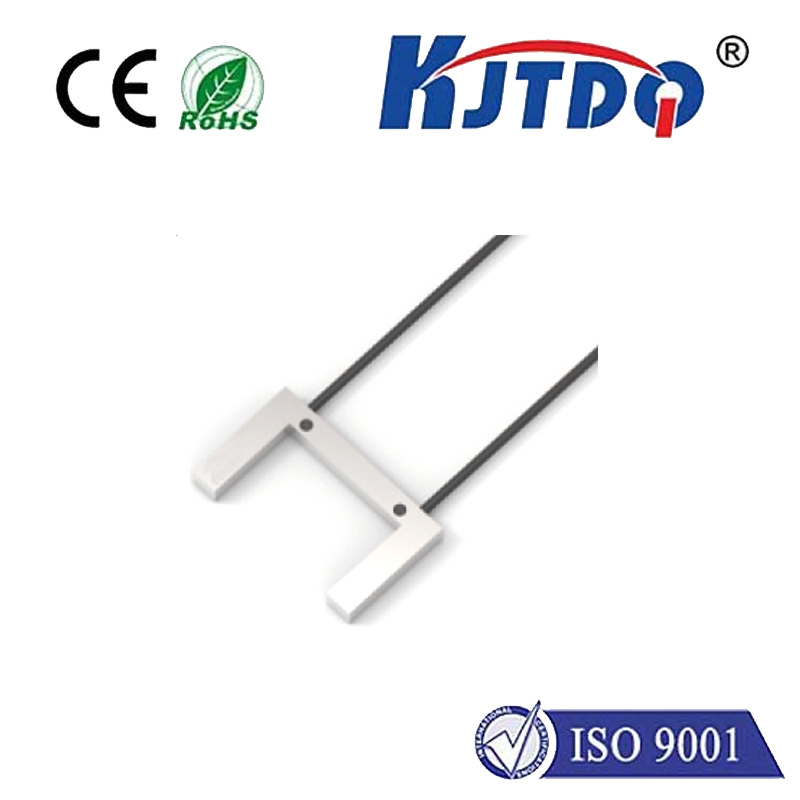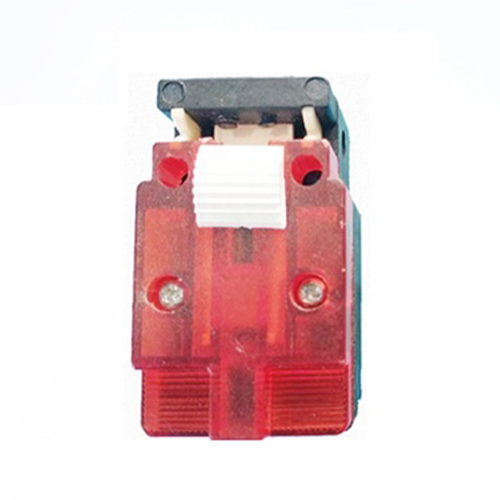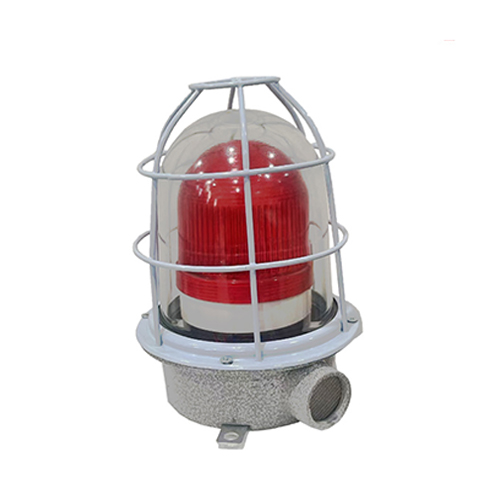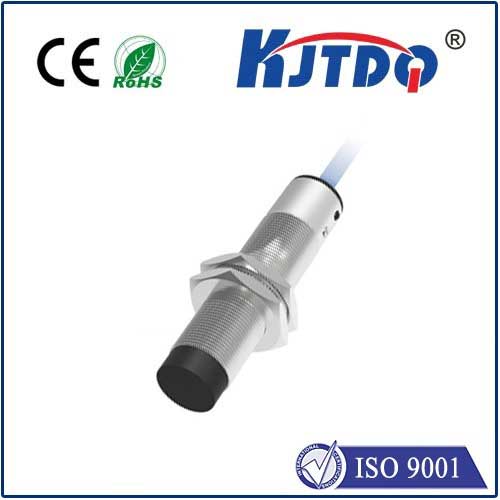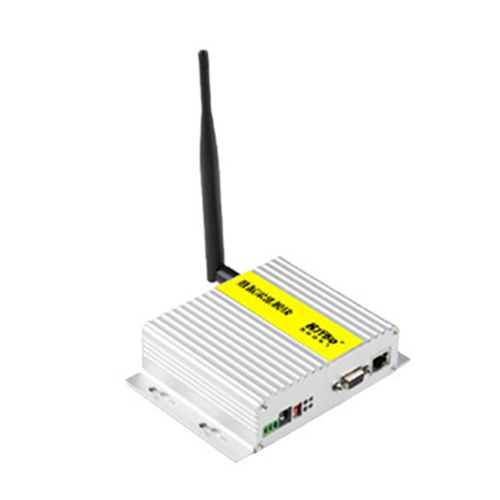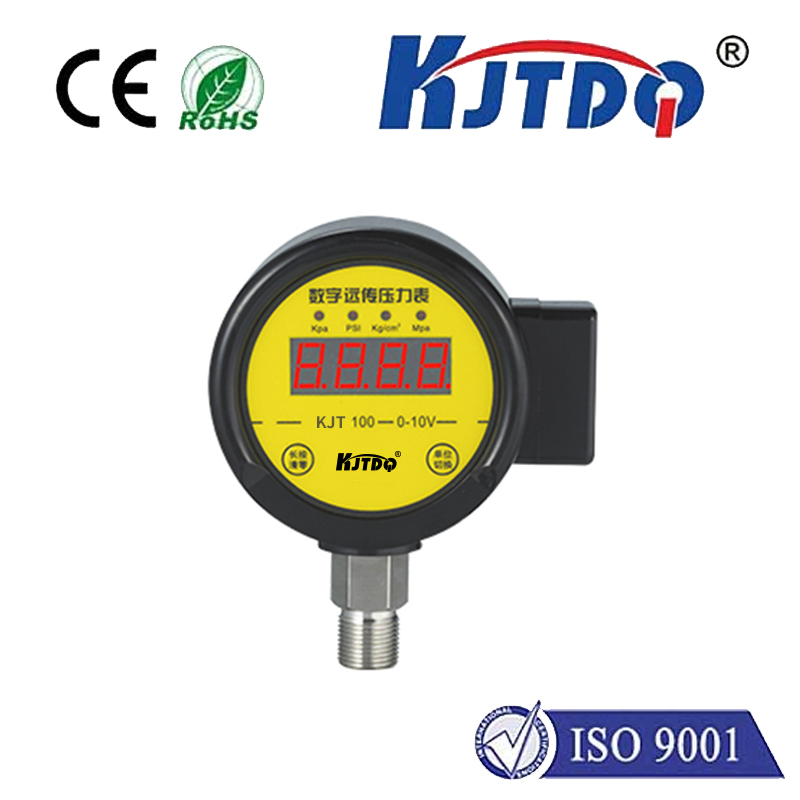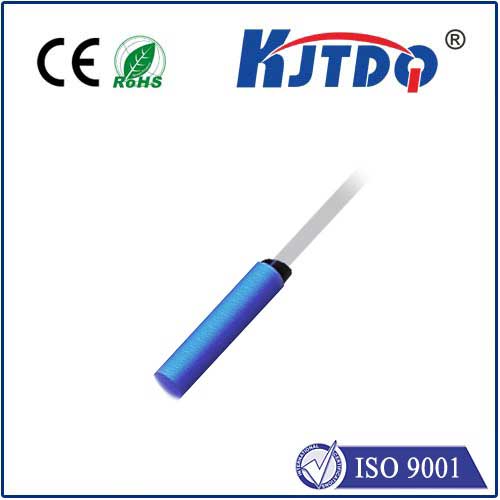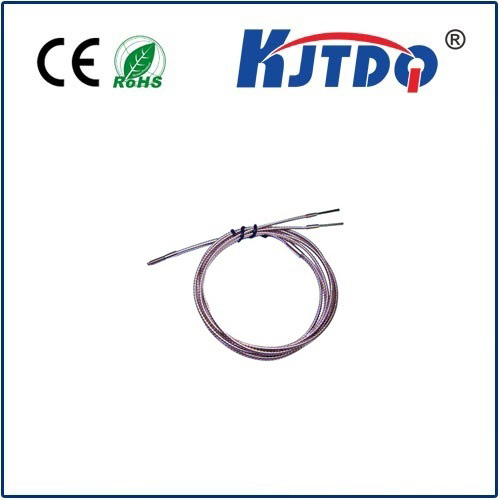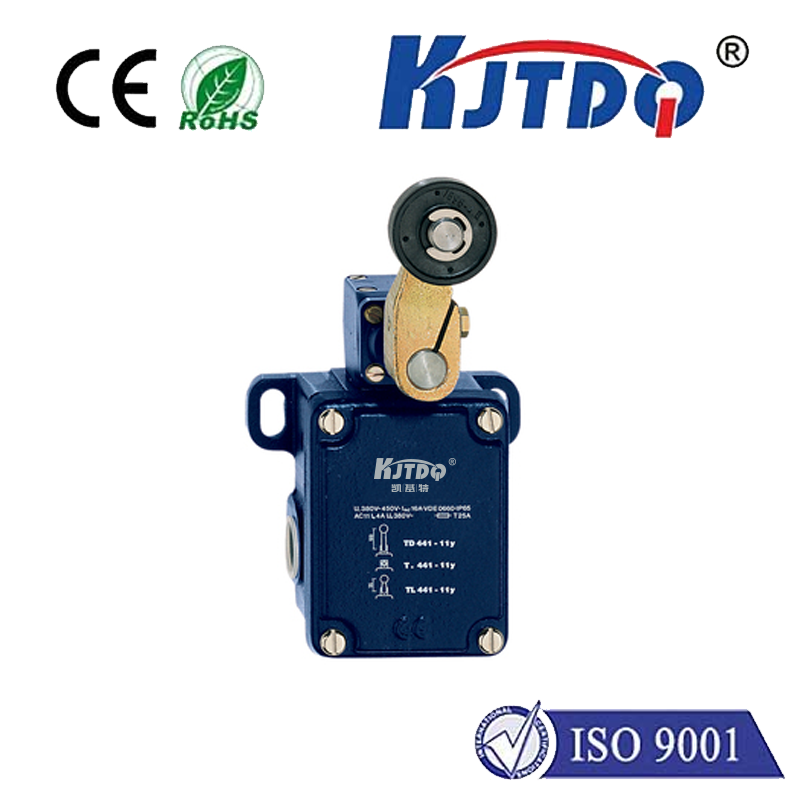

check

check

check

check
Title: Understanding ICMP Limit Switch: A Comprehensive Guide
ICMP (Internet Control Message Protocol) is a crucial component of the TCP/IP (Transmission Control Protocol/Internet Protocol) protocol suite. It plays a vital role in communication between network devices, error detection, and troubleshooting. One aspect of ICMP that often goes overlooked is the limit switch, which helps regulate the flow of data between devices. In this article, we will delve into the basics of ICMP limit switches, their functions, and how they contribute to the smooth operation of networks.
What is an ICMP Limit Switch?
An ICMP limit switch is a type of traffic control mechanism used by network devices to manage the flow of data in their respective networks. It works by monitoring the amount of data being transmitted from one device to another and adjusting the rate at which data is sent accordingly. This ensures that no single device consumes an excessive amount of bandwidth, thereby preventing network congestion and improving overall network performance.
Functions of ICMP Limit Switches
The primary function of an ICMP limit switch is to regulate the flow of data between devices on a network. By monitoring the amount of data being transmitted, the switch can identify when one device is consuming an excessive amount of bandwidth and take necessary action to mitigate the situation. Some of the key functions of an ICMP limit switch include:
1. Data Traffic Management: The switch monitors the amount of data being transmitted from each device on the network and adjusts the rate at which data is sent accordingly.
2. Error Detection and Correction: ICMP limit switches can detect errors in data transmission and take corrective actions to ensure data integrity.
3. Network Optimization: By regulating the flow of data, ICMP limit switches can help optimize network performance and improve overall system efficiency.
4. Resource Allocation: ICMP limit switches can help network administrators allocate resources more effectively, ensuring that each device receives an appropriate amount of bandwidth based on its needs.
5. Load Balancing: By managing data flow, ICMP limit switches can help achieve better load balancing across devices on a network, reducing the chances of overloading or downtime.
How ICMP Limit Switches Work
ICMP limit switches work by monitoring the amount of data being transmitted from each device on the network. They do this by tracking changes in network traffic patterns and identifying trends that indicate potential issues. When these trends are detected, the switch takes action to prevent problems from arising.
One common approach used by ICMP limit switches is called "rate limiting." This involves setting maximum allowable rates for data transmission and monitoring each device's activity to ensure it adheres to these limits. If a device exceeds its allotted rate, the switch will take steps to reduce its transmission speed until it returns to normal operating levels.
Another method used by ICMP limit switches is "congestion avoidance." This involves implementing strategies designed to prevent network congestion from occurring or worsening. For example, a switch might introduce techniques like packet prioritization or dynamic remapping to optimize traffic flow and prevent bottlenecks from forming.
Benefits of Using ICMP Limit Switches
There are several benefits to utilizing ICMP limit switches in your network design. Some of these benefits include:
1. Improved Network Performance: By regulating the flow of data and preventing overloading or downtime, ICMP limit switches can significantly improve network performance and overall system efficiency.
2. Enhanced Security: By detecting and correcting errors in data transmission, ICMP limit switches can help protect against security breaches and other vulnerabilities.
3. Reduced Energy Consumption: By optimizing traffic flow and avoiding unnecessary network activity, ICMP limit switches can help reduce energy consumption and lower carbon footprints associated with data transmission.
4. Easier Maintenance: With an ICMP limit switch in place, you can more easily monitor network activity and identify potential issues before they become serious problems. This can make maintenance and troubleshooting more efficient and effective.
